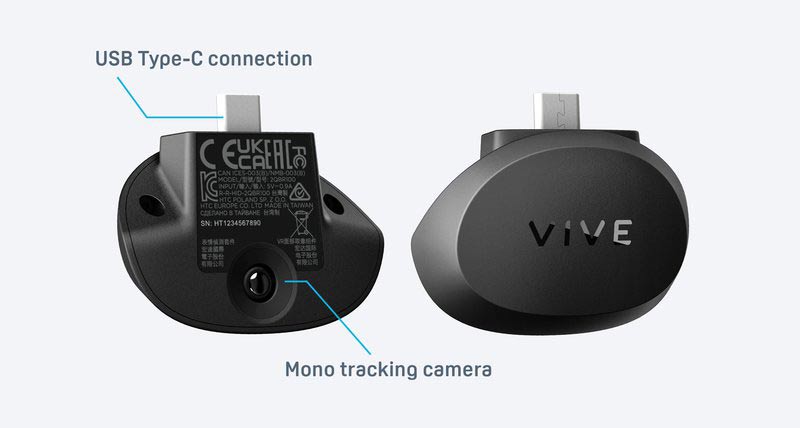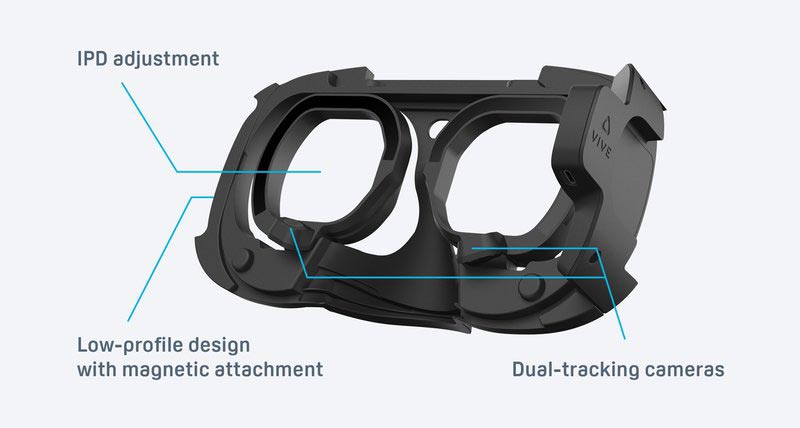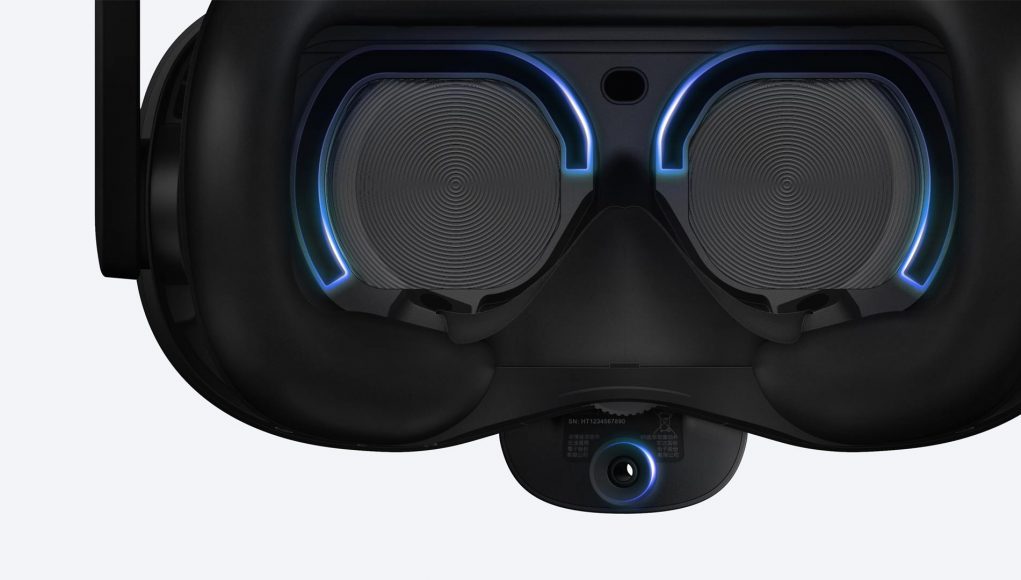HTC today announced it’s releasing both facial and eye-tracking units for its Vive Focus 3 standalone VR headset.
The company says its new trackers will offer “more natural and immersive VR experiences, new options for enterprises to measure user responses, and even more accessible interaction methods such as gaze control.”
The units are priced at $100 for the Facial Tracker and $250 for the Eye Tracker, however that’s pretty much a drop in the bucket in comparison to Vive Focus 3’s business-oriented price of $1,300.
The new Vive Focus 3 Facial Tracker captures expressions through what HTC says are “38 blend shapes across the lips, jaw, cheeks, chin, teeth, and tongue to precisely capture true-to-life facial expressions and mouth movements on avatars.” The unit, which attaches to the headset’s USB-C port, is built around a mono tracking camera clocked at 60Hz.

Developers will be also able to implement both facial and eye-tracking in Vive’s Wave SDK and soon via OpenXR, with integration available in Unity, Unreal Engine, and Native.
The Vive Focus 3 Eye Tracker is also a plug-and-play solution, fitting magnetically into the headset and conveniently allowing for the headset’s normal IPD adjustment range.
Like in many such aftermarket setups, the insert is studded with IR illuminators around the lens and fitted with dual cameras facing the user’s eyes, which are said to capture data for gaze origin and direction, pupil size and position, and eye openness.

HTC is touting some of the big benefits of eye-tracking in general with the device, with the most obvious being the ability to increase social immersion. There’s a long list of benefits to eye-tracking though, including foveated rendering, hands-free UI manipulation, and not to mention the mountain of data you can infer from the user’s gaze direction, duration of gaze, pupil response, etc.
Although you may think HTC is playing catchup by offering the aftermarket bits now to match Meta’s upcoming Project Cambria (likely Meta Quest Pro) spec for spec, this isn’t actually the first time HTC has offered the tech in its headsets.
In 2021 the company released a consumer version of its Vive Facial Tracker for Vive Pro and Vive Pro Eye, the latter of which came stock with eye-tracking courtesy of Tobii. This will however be the company’s first in-house aftermarket units, with third-parties such as Droolon, 7invensun, and Pupil Labs having filled that particular gap with bespoke eye-tracking devices.







